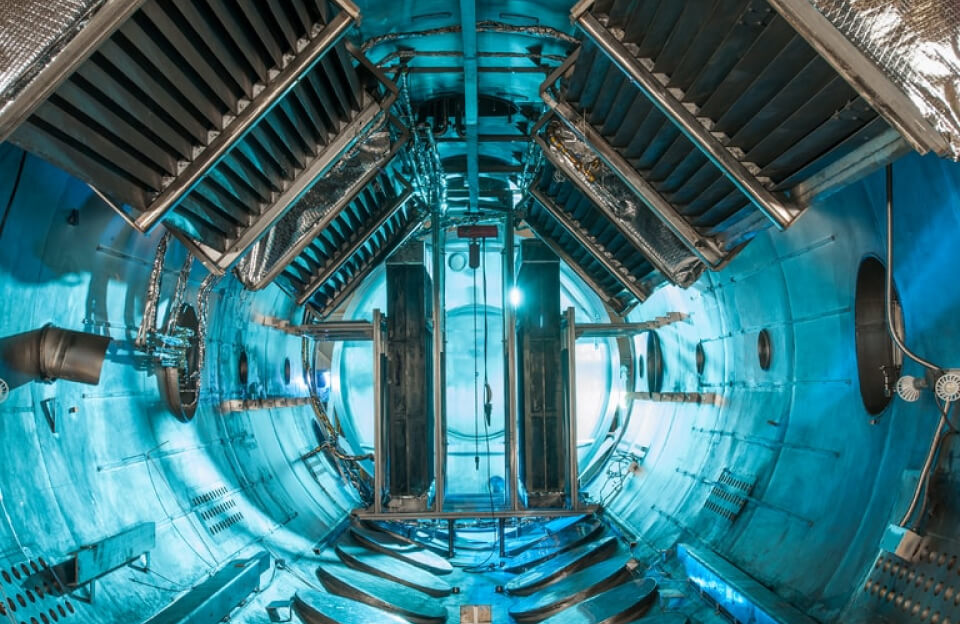Here’s a detailed look at the “sounds” recorded by NASA’s Cassini spacecraft as it dove by Saturn, especially during its ring dives in the “Grand Finale” phase. What they are, how Cassini captured them, what they reveal, and why they’re interesting. If you’d like, I can also send you some audio clips to listen to.
What are the “Sounds” of Space?
-
In space, there’s essentially no air. So there is no sound in the usual sense (no pressure waves in air as on Earth).
-
What Cassini records are things like radio waves, plasma waves, and dust/particle impacts. Instruments detect electrical, magnetic, or charged-particle disturbances. Those are then converted (or “sonified”) into audio frequencies humans can hear.
How Cassini Did It
-
The primary instrument involved is RPWS — Radio and Plasma Wave Science. It measures radio waves and plasma waves in the environment around Saturn. Interesting Engineering+3NASA Science+3NASA Science+3
-
Also, as Cassini crossed the plane of Saturn’s rings or passed through the gap between Saturn and its rings, dust particles striking the spacecraft’s antennas produce small bursts (voltage impulses) that RPWS can pick up. Those become “pops” or “cracks” in the audio. NASA Science+1
What Was Heard
-
“The Big Empty” — the first dive through the gap between Saturn and its rings on April 26, 2017. One remarkable thing: far fewer dust-impacts (the pops and cracks) than people expected. The region was much emptier. space.physics.uiowa.edu+2NASA Science+2
-
Instead of many particle impacts, most of what you hear in that dive is plasma-wave noise — “whistles,” “hisses,” subtle static and shifts as the environment changes. space.physics.uiowa.edu+3NASA Science+3NASA Science+3
-
Comparisons: In ring plane crossings (outside the gap), there are many more dust-hits audible — the density is higher, so you get lots more “pop, pop, pop” sounds. When crossing dense rings or near ring material, these are much more frequent. NASA Science+1
Why It Matters / What Scientists Learned
-
The fact that the gap between Saturn and its rings is “surprisingly empty” has implications for our understanding of how the rings behave, how material moves, and how stable (or fragile) that gap region is. NASA Science+1
-
Fewer particle impacts means less risk of damage to the spacecraft, which is useful for planning future passes. Cassini could afford to open more science instruments and not rely so much on shielding (for some dives), thanks to this finding. NASA Science
-
The plasma waves give insight into Saturn’s magnetic field, the interaction of charged particles (plasma) with the rings and Saturn’s atmosphere, and how electromagnetic energy is transported. They also provide clues about the behavior of Saturn’s auroras and interactions with moons (e.g. Enceladus) through these plasma emissions. NASA Science+1
Where to Listen / See Examples
-
NASA and the University of Iowa have made available audio and video of some of these recordings. For example, “Audio from ‘The Big Empty’ near Saturn” is one MP3/WAV clip of that first ring-gap dive. space.physics.uiowa.edu
-
Another example is “Comparison of Cassini Ring Crossings”, which lets you hear and see the difference between a normal ring crossing and a dive through the gap — how many more dust impacts in one vs. how quiet the other is.


